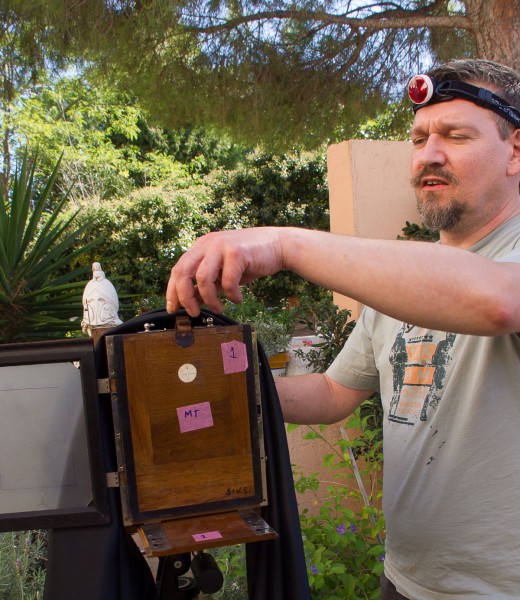Following on from yesterdays post about my rejection of digital images and/or prints as valid expressions of an artists thoughts and feelings, I thought I should see what thinkers and philosophers have said.
By coincidence I am (slowly) reading some early notes and essays of Ezra Pound and discovered a page on his notes on the need for “virtue” in any work of art – it seems this does not translate well from the Ancient Greek: ἀρετή “arete” and the meaning in English is confused, but in essence, my understanding of Pounds’ thesis is that only a work where the artist is able to directly be involved in the work – to be “in touch” physically in some way with the work presented, can the essence, the spirit the “virtue” of that work be relayed to the person viewing or hearing it.
In other words, the copy of a painting or sculpture has no “virtue” – poetry or music which is copied has no “virtue” (of course a piece of music can be played as the composer intended or even interpreted by another artist, but if the structure is rearranged or the words interpreted (or translated) – the “virtue” of the original artist is lost.
An artist can of course take the creation of another person and add their expression of it – then this becomes a different piece of work – perhaps better, often not.
I am considering here only digital recording and reproduction – it is the same for any digital recording – music, images or now three dimensional recording.
As soon as the artist has created a composition and then recorded it digitally as a piece of computerised binary code, the artist has lost contact with the expression they were after – there is no “virtue” in the work.
No manner of further digital tweaking or manipulation can revitalise this “virtual” entity – it looks, sounds or feels similar – but it is dead.
Not necessarily worthless – a good copy can be useful, a mnemonic for the original or a way of encouraging the audience to seek the real piece of art but there is no way I can see how a digital print of a digital image ever has any virtue or value above the cost of the ink and paper – the artist cannot show me the virtue they saw of the moment(s) in a virtual presentation.
As I write this, I am thinking that it should be possible to use the latest digital recording equipment to interpret an idea, a scene or a person and use what tools the equipment has to “capture” this and present this to a viewer – I suppose, if the manipulator has skill and, more importantly, talent this could be called digital art – or simply – art. But the “virtue” as described by Pound, Plato, Aristotle, Seneca and many other Wikipedia contributors, is lost – it can only be dead as no life was ever given to it and it can be endlessly, exactly cloned by anyone with access to a computer.
There is no digital art, is there ?




